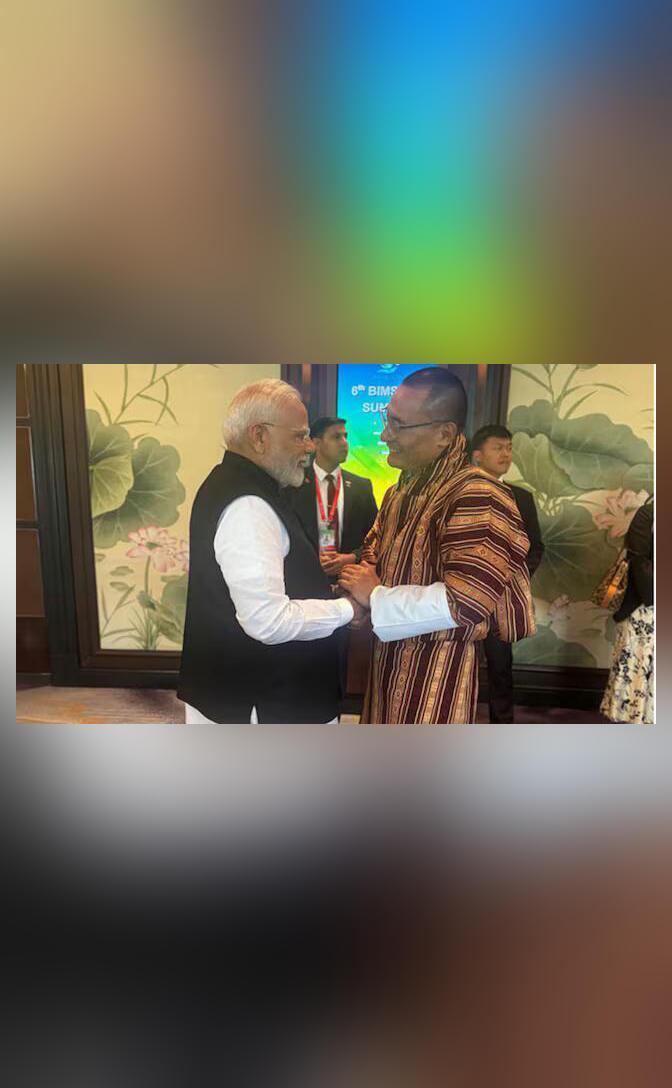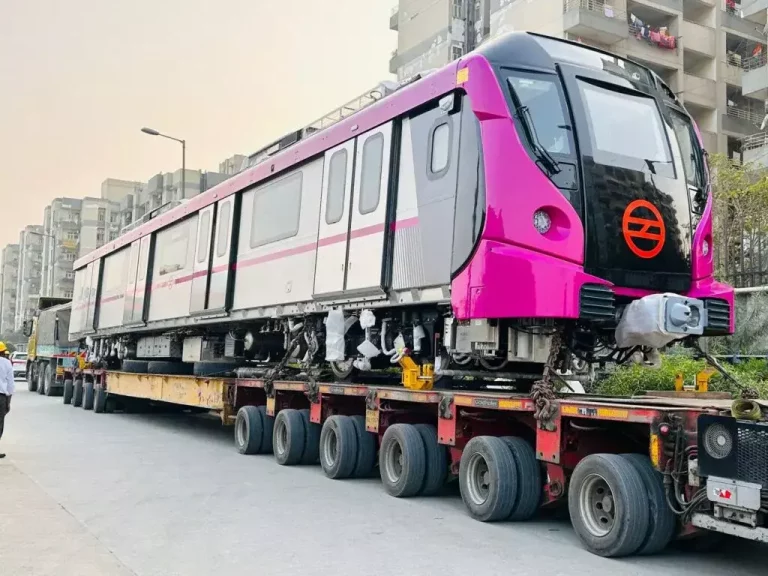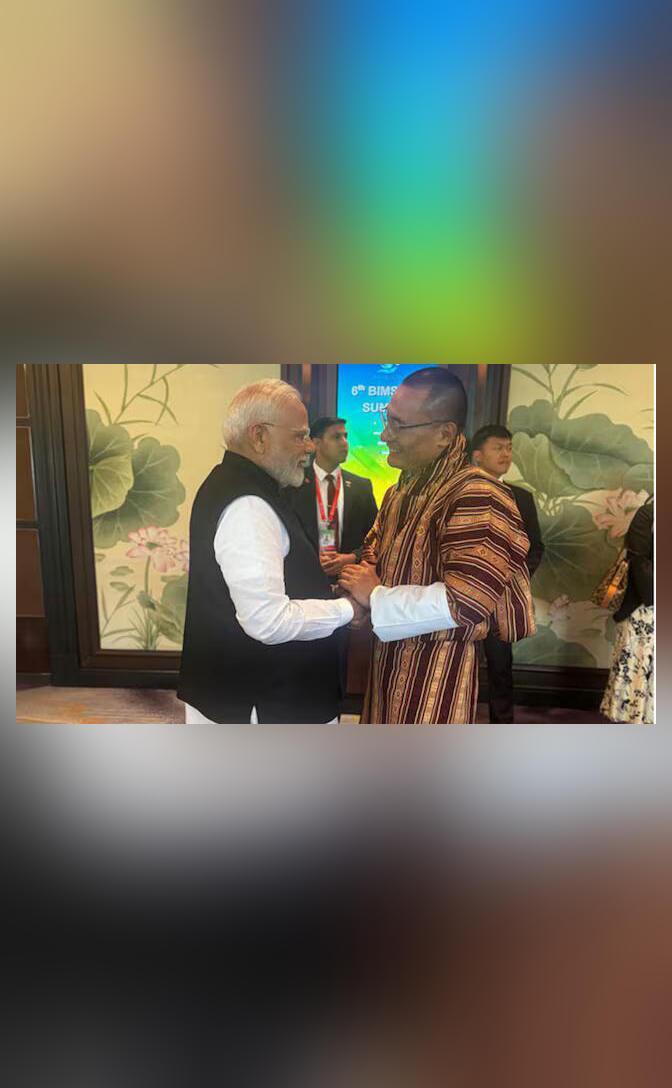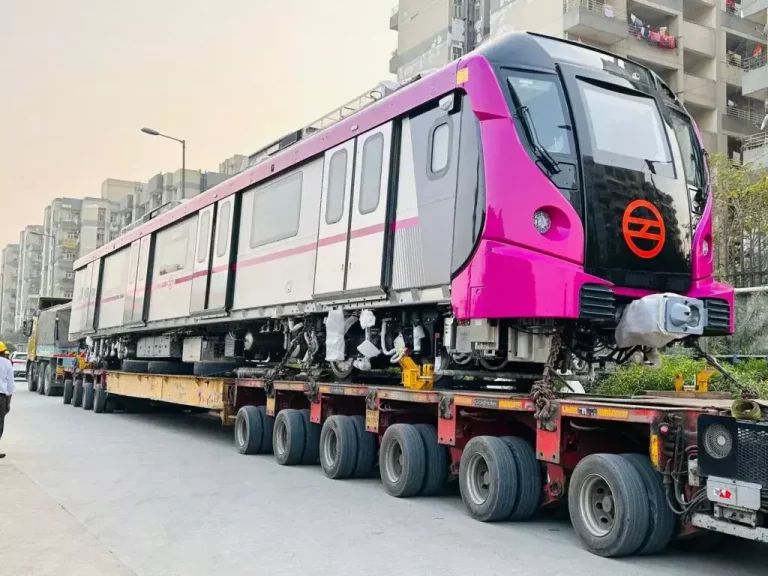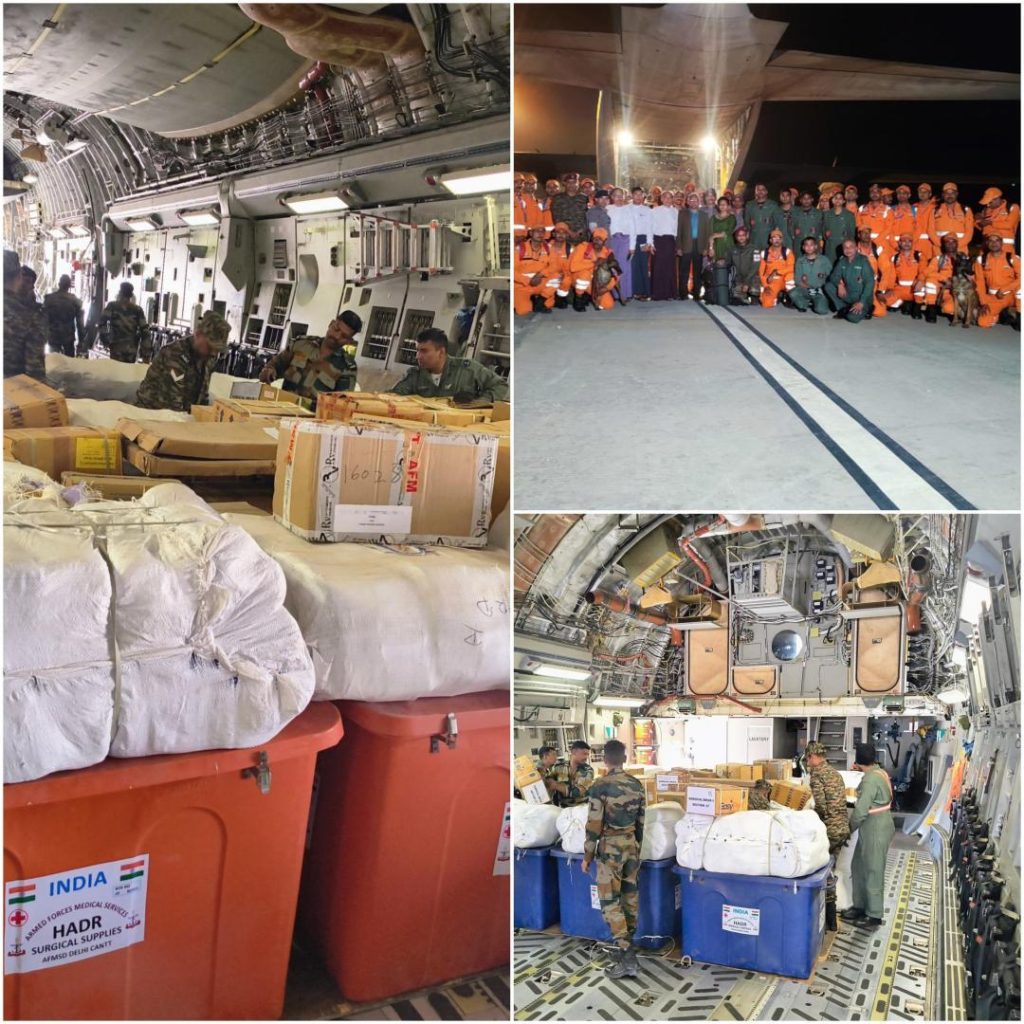
How is India’s ‘Operation Brahma’ helping Myanmar after earthquake killed 1,600 people?
On March 24, 2023, a devastating 7.7-magnitude earthquake struck Myanmar, leaving a trail of destruction and chaos in its wake. The disaster has claimed the lives of at least 1,600 people, with many more injured and displaced. In the face of this unprecedented crisis, India has risen to the challenge by launching ‘Operation Brahma’, a massive aid effort aimed at providing relief and support to the people of Myanmar.
India’s swift response to the disaster is a testament to its commitment to regional security and humanitarian assistance. The country’s military, paramilitary forces, and civil administration have worked in tandem to mobilize a comprehensive response to the crisis. This blog post will delve into the details of India’s ‘Operation Brahma’ and explore how it is helping Myanmar recover from this natural disaster.
India’s First Responder
India was the first responder to the Myanmar earthquake, with its military and paramilitary forces arriving on the scene within hours of the disaster. The Indian Air Force (IAF) played a crucial role in transporting personnel, equipment, and supplies to the affected areas. A team of rescue personnel from the Indian Army, led by a Brigadier General, was deployed to Nay Pyi Taw, the capital city of Myanmar, to assist the local authorities in rescue operations.
The Indian rescue team was equipped with state-of-the-art equipment, including sniffer dogs, search lights, and medical teams. They worked tirelessly to locate and retrieve survivors from the rubble, often in treacherous terrain and challenging conditions. Their efforts have been instrumental in saving countless lives and reducing the death toll.
Humanitarian Aid
In addition to its rescue efforts, India has also provided humanitarian aid to Myanmar. Essential medicines, ready-to-eat meals, and other vital supplies have been dispatched to the affected areas. These supplies are being distributed through a network of local healthcare facilities, community centers, and aid agencies.
The Indian Army’s Field Hospital unit, comprising 118 personnel, has also been deployed to Myanmar. The unit is equipped with advanced medical facilities, including operating theaters, intensive care units, and diagnostic equipment. The hospital team is providing emergency medical care to the injured and is working closely with local healthcare professionals to stabilize the healthcare system.
Logistical Support
India has also provided logistical support to the aid effort, including transportation, communication, and engineering assistance. The IAF has airlifted supplies and personnel to the affected areas, while the Indian Navy has provided naval support to facilitate the movement of aid. The Indian Army’s engineering corps has also been deployed to clear debris and restore infrastructure in the affected areas.
Long-term Support
While the immediate rescue and relief efforts are crucial, India’s support to Myanmar is not limited to the short term. The country has committed to providing long-term support to Myanmar’s recovery efforts, including infrastructure rebuilding, healthcare support, and economic assistance.
India’s commitment to Myanmar’s recovery is not surprising, given the two countries’ long-standing diplomatic and economic ties. The relationship between India and Myanmar is built on a foundation of mutual respect, trust, and cooperation, and India’s aid efforts are a testament to this enduring partnership.
Conclusion
India’s ‘Operation Brahma’ is a shining example of the country’s commitment to regional security, humanitarian assistance, and international cooperation. The massive aid effort, which includes rescue personnel, humanitarian aid, and logistical support, is helping Myanmar recover from the devastating earthquake that struck the country.
As the people of Myanmar begin the long journey of rebuilding and recovery, India’s support will be crucial in helping them overcome the challenges ahead. The country’s aid efforts are a testament to its values of friendship, solidarity, and humanitarianism, and will be remembered as a beacon of hope in the face of disaster.
News Source:



